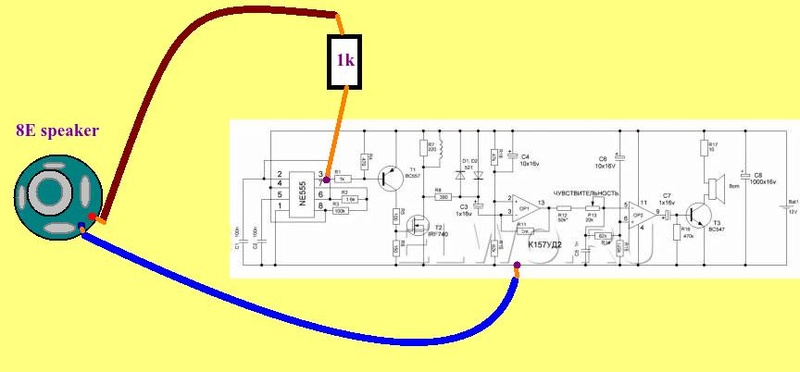Tinny hope.
Connect headphone (or small speaker, more Ohms - better) between pin 3 of NE555 and ground.
If there is clear low tone in headphone, NE555 is OK.
If NE555 is OK, then most probably your K157ud2 is kapput.
Connect headphone (or small speaker, more Ohms - better) between pin 3 of NE555 and ground.
If there is clear low tone in headphone, NE555 is OK.
If NE555 is OK, then most probably your K157ud2 is kapput.















Comment